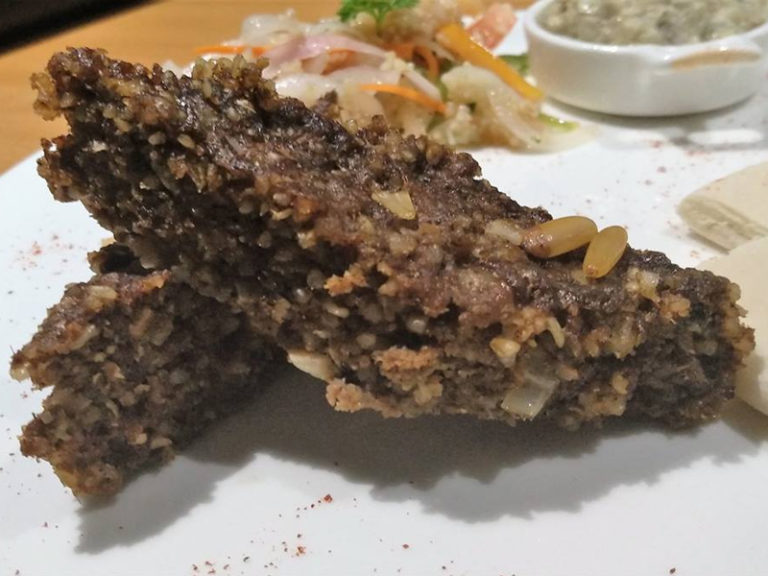A one of a kind social history has made Lebanese sustenance the most well-known of all Middle Eastern cooking styles. For the greater part of its past, Lebanon has been decided by outside forces that have affected the sorts of nourishment the Lebanese ate. From 1516 to 1918, the Ottoman Turks controlled Lebanon and presented an assortment of sustenance that have progressed toward becoming staples in the Lebanese eating routine, including olive oil, new bread, baklava, laban (hand crafted yogurt), stuffed vegetables, and an assortment of nuts. The Ottomans likewise expanded the ubiquity of sheep. After the Ottomans were vanquished in World War I (1914– 1918), France took control of Lebanon until 1946, when the nation won its freedom. Amid this time, the French presented a portion of their most generally eaten sustenance, especially regards, for example, flan, a caramel custard dessert going back to the 1500s, and rich croissants. The national dish, kibbeh, comprises of a ground sheep and broken wheat, like pâté. Kibbeh was initially made by brutally beating the sheep and plying in the flavours and wheat. The individuals who were new to this training frequently discovered it very disagreeable, including the English nourishment essayist George Lassalle, who portrayed it as “terrifying.” Some country towns keep on preparing it along these lines.
Gubibate, a dish made with broken wheat and meat, is the precursor of what is presently known as kibbeh and was one of the numerous indulgences that once embellished the table of the King of Assyria in ninth century BC.
Kubbeh, or kibbeh, is the thing in view of the Arabic verb “to frame into a ball or roundabout shape.” Kibbeh – one of Lebanon’s national dish – is as differing as the nation’s topography. The central components of kibbeh are lean meat, scoops of split bulgur wheat and salt, as per taste. Kibbeh is barbecued, seared, heated, boiled or served raw. It’s produced using whatever meat is accessible – goat, sheep, beef and even fish – yet just the least fatty cut purchased straightforwardly from the neighbourhood butcher. “There’s no terrible kibbeh, just awful meat. The nature of meat changes the nature of the kibbeh,” said Maria Doueihi, who routinely cooks for Beirut’s Tawlet, a smorgasbord style eatery that acquires cooks from around Lebanon to set up their neighbourhood admission. “It’s our national dish, yet individuals come to Zghorta from abroad just to eat kibbeh,” she said. “The goat goes up, up, up to the highest point of the mountain to eat the freshest herbs and drink the most perfect water,” and along these lines, local people trust goat meat has the freshest flavour, and they keep the arrangement negligible to accentuate its spotless taste. Kibbeh has additionally offered ascend to various fantasies; the most interesting is the beginning of veggie lover kibbeh hileh – signifying “trap kibbeh.”

KIBBEH!!!
Posted In: Uncategorized
